On Gardening: The Temple of Bloom is home to favorite butterflies
Published in Lifestyles
I remember the day quite well. I went to my Rotary Club meeting and returned to my office in the garden. I casually glanced into the garden as I entered the building. I noticed a sizable group of nature lovers gathered around looking through their binoculars. I asked inside if anyone knew what they were looking at. The answer was a great purple hairstreak butterfly.
Those gathered had just paid $5 to get into the National Butterfly Center in Mission, Texas, where I was executive director. That was the entry fee at the time and worth every penny because you never knew what you might find at this nature reserve on the Rio Grande. That day the great purple hairstreak became one of my favorite butterflies. I now judge my butterfly year on whether I see a great purple hairstreak or not.
Four years ago, I planted a small tree called the Temple of Bloom, a compact form of the Seven-Son Flower. It can be a large shrub or small tree. I have gone the tree route. The bark exfoliates, becoming a winter point of interest. But I never knew what all the white clusters of fragrant blooms would yield from the standpoint of pollinators.
You probably have guessed where I am headed. Each year indeed my treasured great purple hairstreak butterflies come out of nowhere to feast on the rich nectar of the Temple of Bloom tree. Besides being beautiful and our largest hairstreak, it is also unique in that its larval host plant is the mistletoe. Would you have ever thought that mistletoe had such a role? Can I get an "amen" or "hallelujah"?
So just imagine, it's mid-August and the heat is approaching an unbearable state. Flowers seem to be winding down, and magically the Temple of Bloom starts showing out with large panicle-like clusters of fragrant white flowers. The bloom period so far is around 5 to 6 weeks at my house. There are a couple of rabbits I need to chase at this point.
While the great purple hairstreak butterfly is like making the Super Bowl to The Garden Guy, the tree is really a pollinator extravaganza. I also got red-banded, gray, olive juniper, and white M hairstreaks too.
But this year was like an eastern tiger swallowtail frenzy. The red-spotted purple butterflies normally associated with oozing sap also found the blossoms to their liking. You will find hummingbirds and every bee and wasp visiting too. Don’t worry, they are "busy bees" and won’t bother. I usually have a few of the green anole lizards in the tree looking for a tasty treat too!
The other rabbit I want to chase is the 6-week bloom season, maybe longer for you in the Pacific Northwest. Once the blooms are finished, you will find that the flower cluster begins a process where the remaining calyces elongate and color up in shades of red lasting through fall. It is like having a second bloom.
In 2022 mine was just a small whip of a plant but now is pushing 12 feet in height and 6 feet in width. I’m training it to be a small multi-trunked tree. It should be similar in size to a medium redbud.
It is growing in a bed with three Limelight Prime hydrangeas, two Miss Molly butterfly bushes and a host of pollinator type perennials like Rockin salvias, Meant to Bee agastache and Augusta Lavender heliotrope.
The Temple of Bloom Seven-Son Flower is known botanically as Heptacodium miconioides and is from China where its native habitat is under threat. It will however be at home in your landscape in zones 5-9.
It needs full to partial sun and good drainage. Maintenance is easy! Get yourself a comfy lawn chair and a pair of binoculars to watch the daily influx of visitors.
____
(Norman Winter, horticulturist, garden speaker and author of “Tough-as-Nails Flowers for the South” and “Captivating Combinations: Color and Style in the Garden.” Follow him on Facebook @NormanWinterTheGardenGuy.)
(NOTE TO EDITORS: Norman Winter receives complimentary plants to review from the companies he covers.)
©2025 Tribune Content Agency, LLC
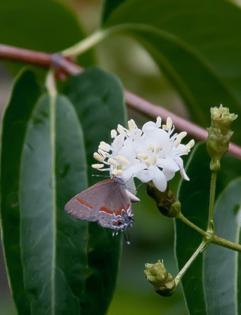
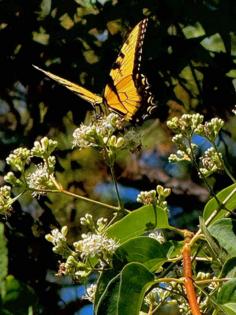
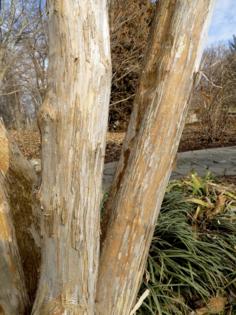
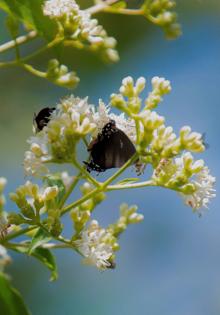
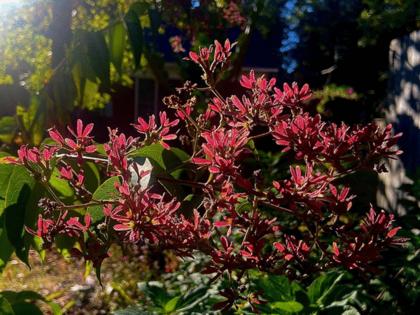




























Comments